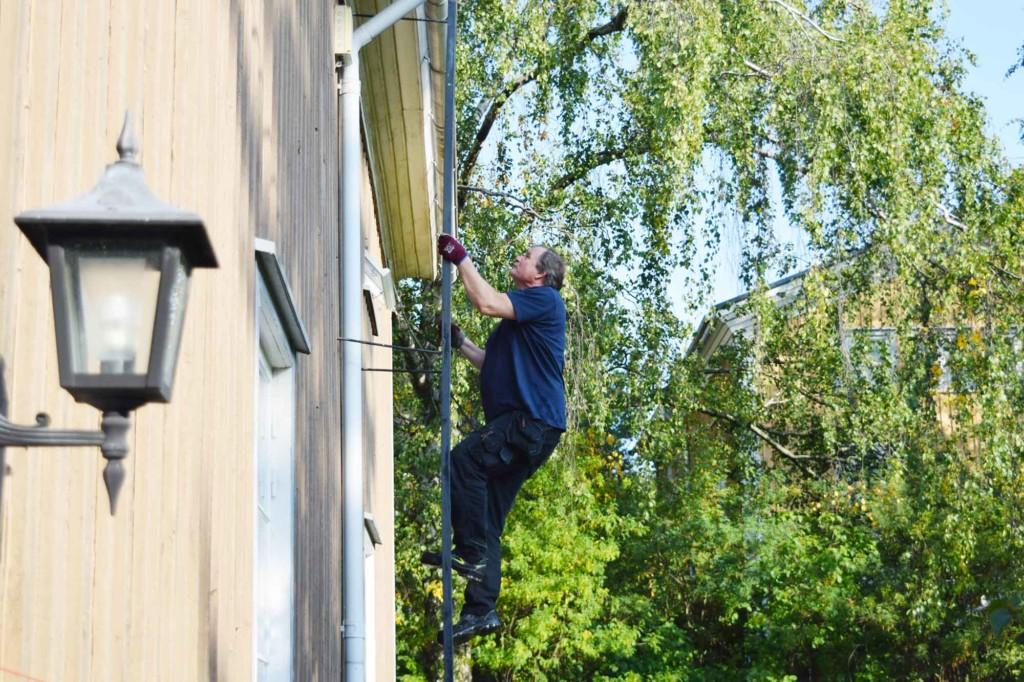What is a high-risk structure?
A high-risk structure refers to a type of structure which has been found in practice and based on structural surveys to be highly susceptible to damage.
The structure usually complied with the building regulations and guidelines valid at the time when it was built, and the susceptibility to risk was not recognised until at a later point in time. As a result, the structure is no longer used.
Typically, damage to high-risk structures is caused by moisture entering the structure, either through the soil from the outside or from the indoor air in the form of water vapour. An example of a commonly observed high-risk structure is a false plinth.
The condition of the high-risk structure, i.e. whether the risk has been realised, should always be investigated. This is usually possible only by opening the structure.
You can find out more about each risk structure by clicking on the name of the structure in the list.
- A floor structure above a concrete slab
- A log wall built prior to 1950
- A poorly ventilated timber base floor
- A double concrete slab (sandwich) structure
- A skylight
- A microbial or other abnormal odour detected in a building
- A partition wall starting below the floor level
- A wall in contact with the soil with thermal insulation on the inside
- A flat roof
- A non-ventilated timber exterior wall
- An unventilated pitched roof
- An exterior wall sole plate with insufficient elevation
- A false plinth



